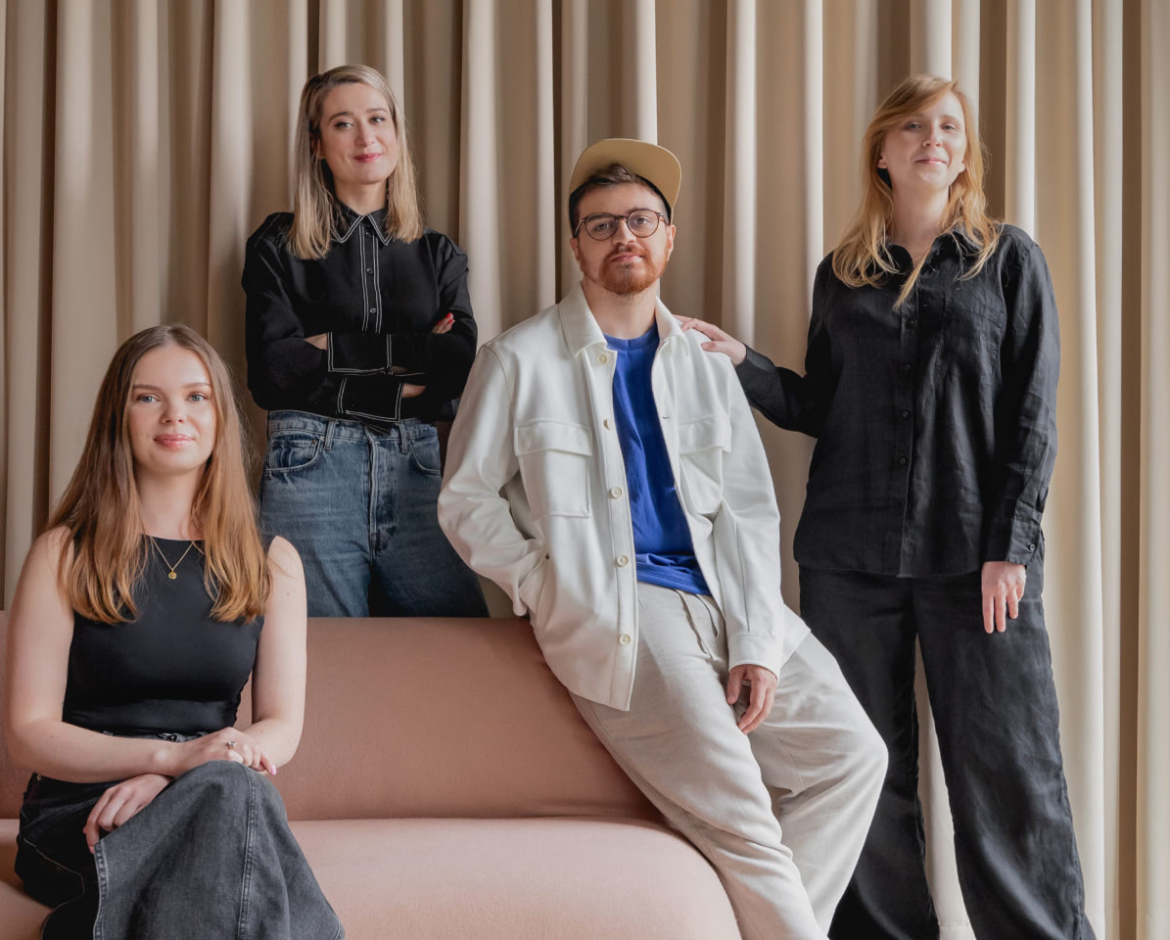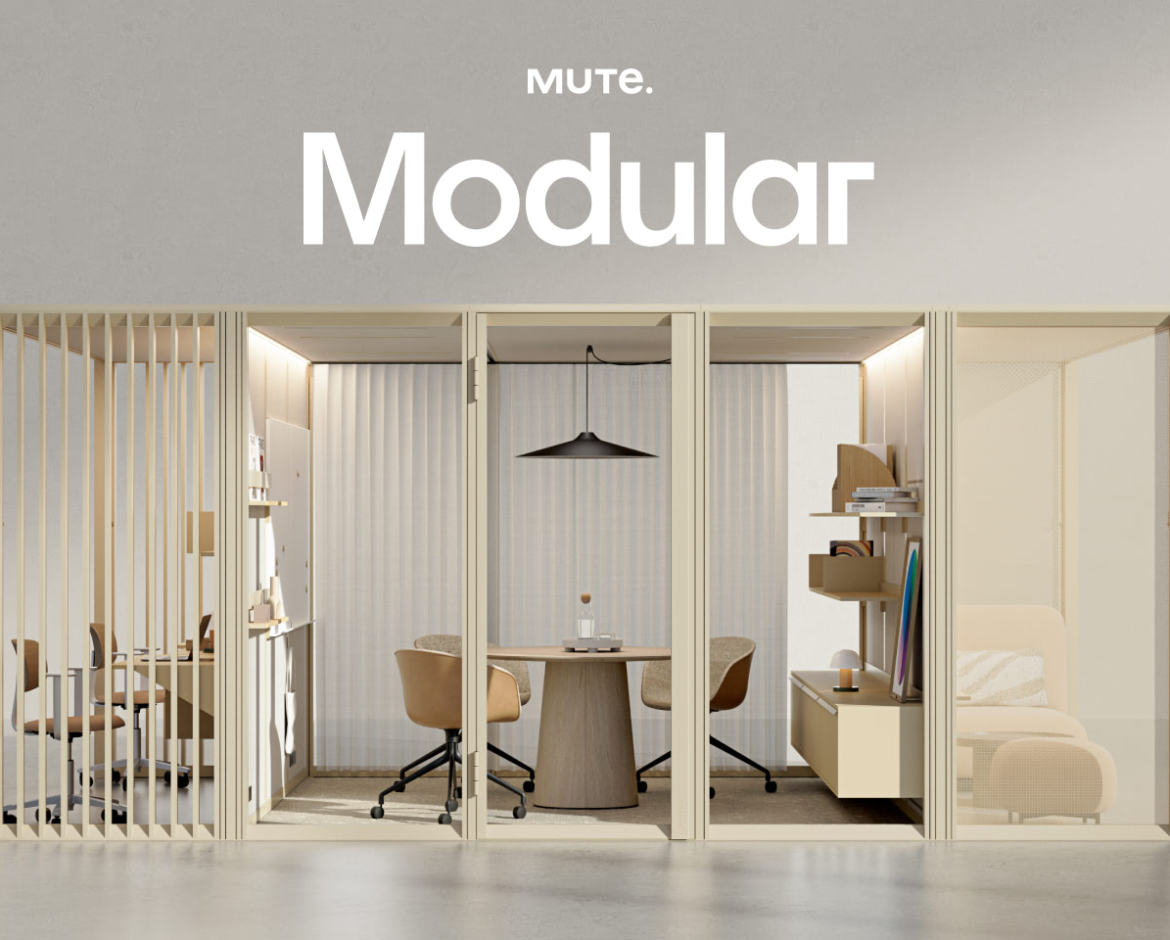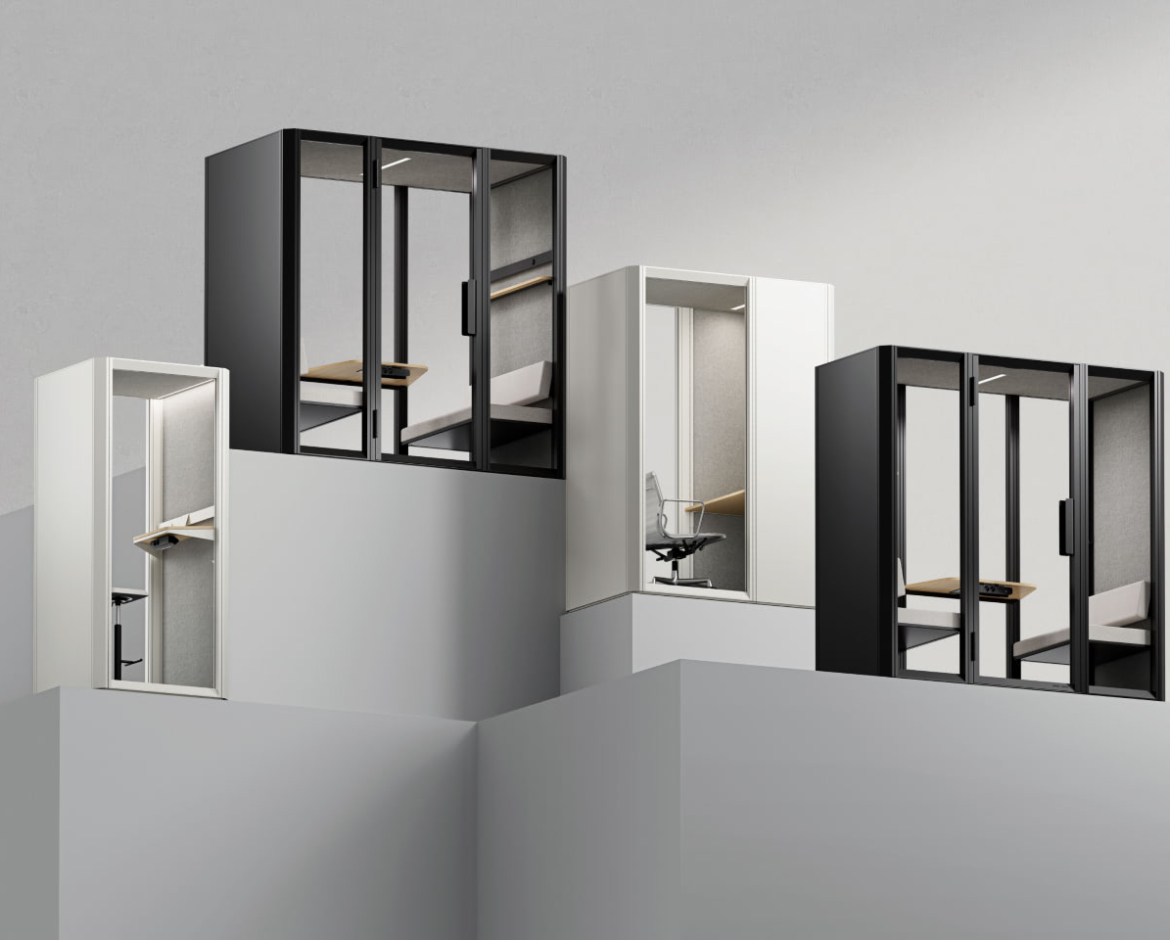Without privacy, some people feel drained and find themselves without the energy and space they need to think freely and creatively.
It’s 3 P.M. and you still haven’t been able to regain your focus after lunch. You have multiple tabs open, the end-of-month report on your mind, coworkers chatting nearby, and a new Slack notification every few minutes. Sure, the GIF on Slack gives you a laugh and the camaraderie of the office makes work lively, but the bustle keeps you distracted.
We’re all overly familiar with distraction these days. It’s a daily struggle to focus on the many and diverse tasks we set out for ourselves. It’s probably no surprise then that scientific evidence disproves the so-called “multitasking myth”: it’s false that our brains can effectively focus on two or more tasks at once. However we try to convince ourselves that “Yes, we absolutely can multitask!” it is actually impossible for 97.5 percent of us. So how can we overcome distraction and harness the power of focused work? How do we optimize our brain’s architecture rather than work against it? In this article, we’ll cover a few ways you and your team can reclaim your time and attention for a more healthy, creative work life.
How to Achieve Healthier, More Creative Work
Studies show that productivity and efficiency increase when people focus on one task at a time. This is because it takes our brains time to gauge new information and engage with that information each time we switch tasks or try to refocus after getting distracted. And while we certainly cannot claim to be rid of distraction all the time, a few company policies and a bit of creative office design can help get everyone in the groove of focused work.
1. Provide Opportunities for Privacy and Quiet
Teams consist of not only different roles and responsibilities, but also many personalities that require varying environments for optimal well-being and productivity. When team members can leverage their strengths rather than battle their weaknesses, each person can be more focused and engaged in their role. Therefore, it’s important to recognize that not everyone works in the same way. While some people feel energized by the hustle and bustle of an office, others require peace and isolation. Without privacy, some people feel drained and find themselves without the energy and space they need to think freely and creatively. An office designed with retreats that offer solitude and quiet can accommodate a wider range of work styles. Leverage soundproof pods, like our Space M pod, or an acoustic privacy screen, like Cone, to give people the opportunity to concentrate more deeply, even in open office plans. Privacy and peace help the full range of personalities among us maintain the energy and creativity needed to produce excellent and innovative work.

If your team sometimes works from home, carpets, a room divider, books, curtains and other objects in the room can all help with sound absorption.
2. Add Flexibility to the (Home) Office
According to Pew Research, even those who have been able to work from home during the coronavirus pandemic face distraction. Ambient noise, including other family members on remote work or school calls, add to all the regular digital distractions. Perhaps even more than in an office, remote workers need to multitask to make it through the day. If your team sometimes works from home, carpets, a room divider, books, curtains and other objects in the room can all help with sound absorption. Placing a few items in the workspace can improve the acoustics of the room to reduce distractions from ambient noise and improve sound on conference and video calls.
Back in the office, Wall, a flexible acoustic panel, offers sound reduction, privacy, and separation when and where you need it most. Sound absorbers and privacy screens come in a variety of styles to match your office and some are even easy to install or light enough to move on the fly, so teams can nimbly react to whatever their needs are at any given moment.
3. Set Quiet Hours and Away Messages
Anyone glued to their computer screen or smartphone during the workday knows the impulsive urge to check email. The expectation for immediate, synchronous communication has only grown with technology’s firm grip on our day-to-day activities. And while messaging tools like Slack or Microsoft Teams claim to reduce email, they also add pressure for people to instantaneously respond to inquiries and messages. Developing simple company policies that reduce this pressure can help the entire office produce their most innovative and creative work.
For example, you can designate a time — even two hours a day — when the entire company agrees to not send emails, schedule meetings, or drop by colleagues’ desks. Set this as a recommendation and urge management to lead by example to show employees it really is OK to work without the distraction of email and messenger.
If setting a company-wide “quiet hours” proves too challenging because of varying schedules or because you work across time zones, you can also encourage people to set away messages on the days and times that suit them. This gives employees the flexibility to choose when they focus best and empower them to come back to emails and messages later, guilt-free.

Making collaboration enjoyable and a time in which all team members are heard can make all the difference to a productive and creative collaborative session.
4. Block Calendar Time for Deep Work
Georgetown University professor Cal Newport developed “deep work” as a strategy for intensive, distraction-free concentration that aims to produce our most innovative and valuable work. Although Newport recommends deep work every workday, that’s not realistic for most people. However, blocking out time on your calendar even once a week can help you work on your most cognitively demanding projects with vigor and, most importantly, without distractions. Scheduling the time, like you would any other meeting, both gives you a purposeful window to work on the task but also signals to colleagues that you’re not available for impromptu meetings, messages, or other distractions.
5. Make Collaboration Joyful
Finally, while reducing distractions in the workplace is key to creative work, collaboration is equally as important and fruitful for innovation and productivity. So far, we’ve talked mostly about how to combat the myth of multitasking and make it easier for individuals to focus on one task at a time. But what about when teams do come together? Making collaboration enjoyable and a time in which all team members are heard can make all the difference to a productive and creative collaborative session. Making sure the spaces we gather serve collaboration in the best ways is key. For example, reducing the reverberation time in a conference room improves speech intelligibility and reduces overall office noise. Techland, a gaming company in Wrocław, used a combination of Mute Blocks and Walls to improve the acoustics of their conference rooms and encourage better team collaboration experiences. You could also use a large, standalone meeting pod, like our Space L or Space XL pods, as a conference room that is specially designed with optimal acoustics, ventilation and lighting in mind. This is especially helpful in today’s offices, when some team members might tune in via conference or video call. Better intelligibility helps everyone feel both heard and included in collaborative team meetings and workshops.
Offices offer people an opportunity to socialize, collaborate, and exchange ideas. But giving people a respite from distractions and bustle helps them re-energize and focus when they need it most. A productive and healthy work environment that offers opportunities for peace and concentration not only reduces stress, but it also enables people with varying needs and styles to work in the ways that empower them to produce their best work. Using a combination of smart and empathetic communication policies and creative office design, individual contributors, teams, and an entire company can pursue their most ambitious endeavors.











